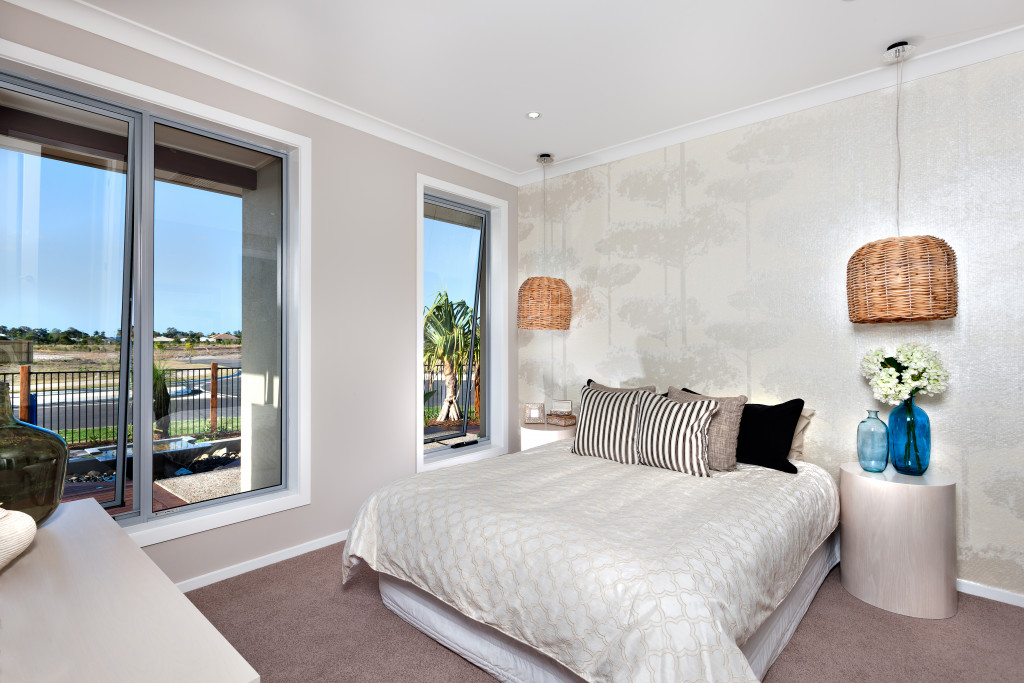According to data from the Centers for Disease Control and Prevention, 1 out of 3 adults in the US doesn’t get enough quality sleep.
A lot of this has to do with how bedrooms are designed. Some spaces are just not comfortable enough for a good night’s sleep. If you have trouble getting some sleep in your bedroom, what are some ways to address this issue?
Below are a few suggestions:
Find a good mattress
People spend hours every night sleeping. So it only makes to invest in the proper materials that can help you get some rest. If you’ve been enduring a really old mattress that has significantly declined in quality, it might be time to look for a new one.
You can find several comfortable mattresses for sale online or offline. But when choosing the right mattress, consider three factors: size, comfort, and support.
Don’t get a mattress that is too small for you to fit in. And if you have a partner or spouse, find one that can accommodate both of you. Next, a mattress should be able to equally spread your body weight across the surface without applying uncomfortable pressure.
Additionally, the ideal mattress should help you maintain proper spinal column alignment.
Keep mobile devices out of sight
Nowadays, there’s a strong urge to stay connected — even if it’s way past your bedtime. The proliferation of mobile devices (e.g., smartphones, tablets) has made it way too easy for us to check on what are friends are colleagues are up to via social platforms.
One way to address this is by avoiding electronic gadgets by the bedside table. A better idea is to place a book and a nightlamp by your side to help lull you to sleep. You can still keep gadgets in the bedroom, but the trick is to keep them out of sight when it’s time to relax.
Consider stowing them away in a storage bin or cabinet from across the room.
Set the mood with relaxing colors

If you haven’t yet, consider implementing soothing colors and cool tones to the bedroom walls.
Whites, navy blues, soft greens provide a conducive environment for sleep. These colors send signals to our brains that it’s time for rest. Additionally, experts say that these colors help lower blood pressure.
Neutral shades like beige and taupe work as well, but avoid energetic colors like orange and red. When repainting the bedroom, use low-VOC paint solutions that don’t emit harmful toxins and odors.
Revamp your curtains
Having all sorts of light enter the bedroom through the windows is another sure way to keep yourself awake.
Similar to the approach with the bedroom walls, make sure that your curtains are helping you get a better night’s sleep. There are several ways to do this.
For instance, installing blackout curtains help block out light while you sleep. They also keep the sun’s early rays from waking you up prematurely. There are even curtains that can maintain proper temperature control through thermal panels — helping you sleep through the night without feeling too hot or too cold.

